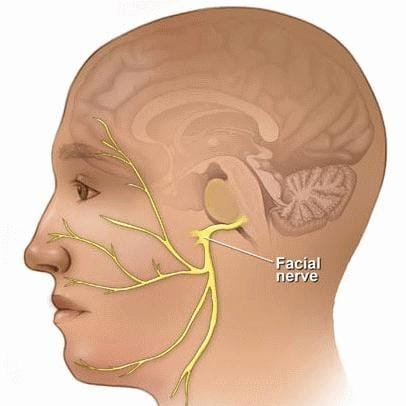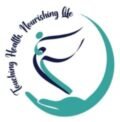
Understanding Facial/ Bell’s Palsy: Causes, Symptoms, and Treatment
Facial palsy is a condition that results in weakness or paralysis of the muscles on one side of the face. It can significantly impact a person’s ability to speak clearly, and even perform simple daily tasks like blinking or eating. Understanding its causes, symptoms, and treatment options is crucial for timely management and recovery.
•Causes of Facial Palsy
Facial palsy occurs due to damage or inflammation of the facial nerve (cranial nerve VII), which controls the muscles of facial expression. The most common causes include:
1.Bell’s Palsy – A sudden, unexplained facial nerve weakness, often linked to viral infections like herpes simplex.
2.Stroke – Disruption of blood flow to the brain can lead to facial weakness, usually accompanied by other neurological symptoms.
3.Trauma – Head injuries, surgeries, or fractures can damage the facial nerve.
4.Infections – Conditions like Lyme disease, otitis media (middle ear infection), or Ramsay Hunt syndrome (caused by varicella-zoster virus) can lead to facial paralysis.
5.Neurological Disorders – Conditions like multiple sclerosis or Guillain-Barré syndrome may also contribute to facial palsy.
6.Tumors – Growths pressing on the facial nerve, such as acoustic neuromas, can cause gradual facial weakness.

•Symptoms of Facial Palsy
The severity of symptoms can vary depending on the underlying cause. Common signs include:
1.Sudden weakness or paralysis on one side of the face
2.Drooping of the mouth and eyelid
3.Difficulty closing the eye on the affected side
4.Altered sense of taste
5.Difficulty with speech and eating
6.Eye dryness or excessive tearing

Treatment Options for Facial Palsy
Treatment depends on the underlying cause and severity of the condition. Common approaches include:
•Medications:
1.Corticosteroids (e.g., prednisone) help reduce inflammation and speed up recovery, particularly in Bell’s palsy.
2.Antiviral drugs may be prescribed if a viral infection is suspected.
3.Pain relievers (NSAIDs or analgesics) help manage discomfort.
•Physiotherapy and Rehabilitation:
1.Facial exercises can help strengthen weakened muscles and improve coordination.
2.Neuromuscular re-education through guided therapy helps restore facial movement.
3.Electrical stimulation may assist in muscle activation in severe cases.
4.Massage therapy can enhance blood circulation and muscle relaxation.
5.Mirror therapy helps improve muscle symmetry and movement control.
6.Facial taping techniques provide support and reduce muscle tightness.
7.Eye Care:
Using lubricating eye drops and wearing an eye patch at night prevents dryness and corneal damage.
Taping the eyelid shut during sleep protects the eye from irritation.
•Recovery and Prognosis
Most cases of Bell’s palsy recover within three to six months, with or without treatment. However, conditions like stroke or nerve damage may require longer rehabilitation. Early intervention, including physiotherapy and medical management, enhances recovery chances and prevents complications.
Facial palsy can be distressing, but with prompt diagnosis and appropriate treatment, many patients regain normal function.
Book an Online Consultation Today!
If you’re looking for expert guidance and a personalized recovery plan, we’re here to help! Schedule an online consultation with our experienced physiotherapists and take the first step toward a pain-free life.
